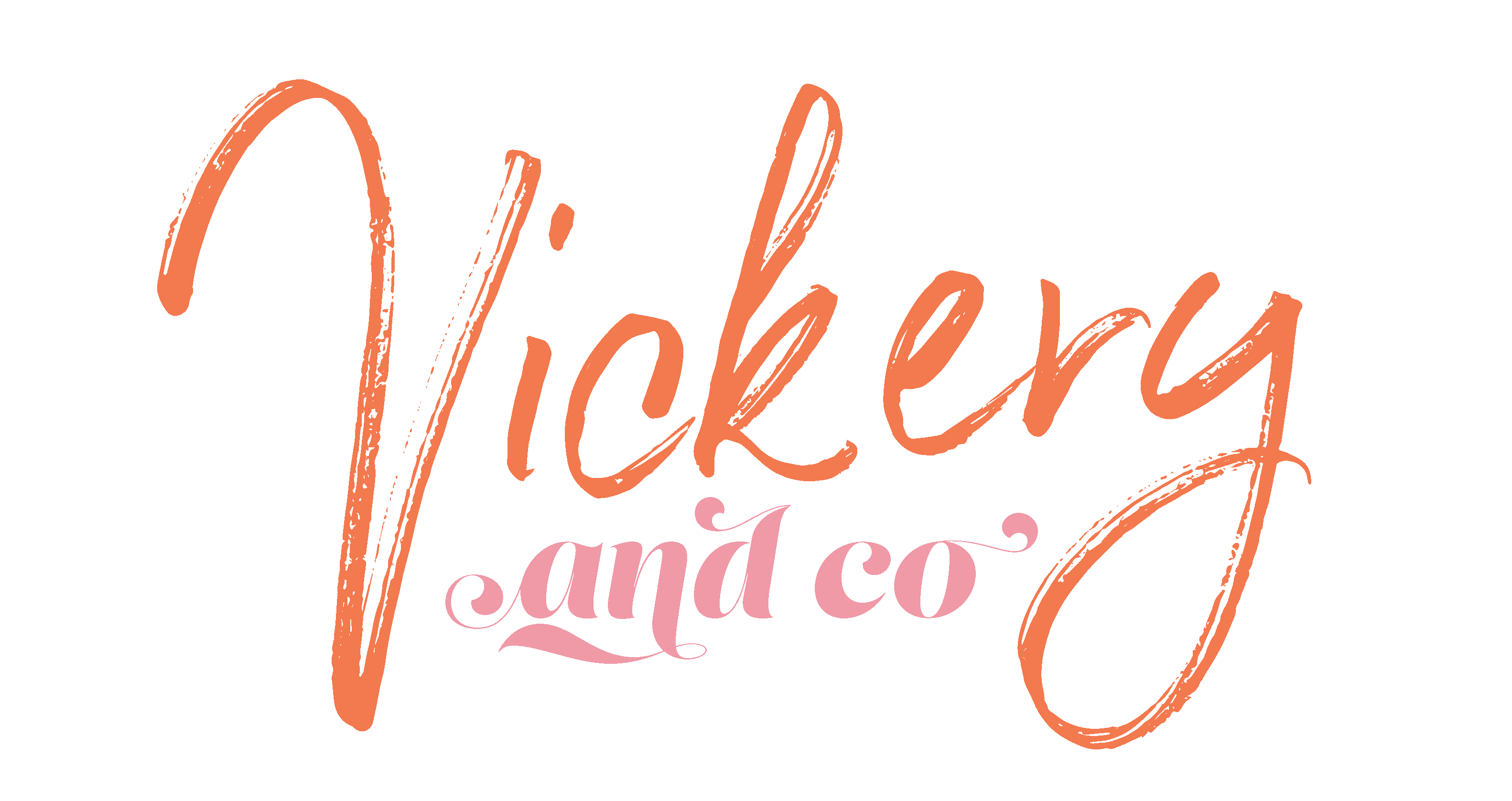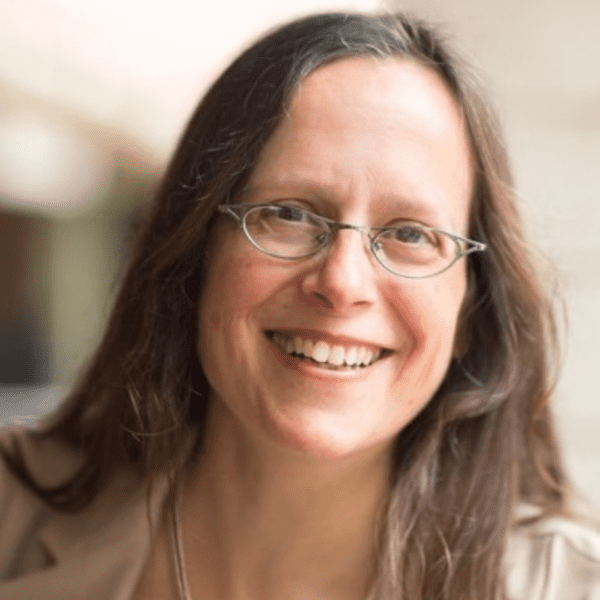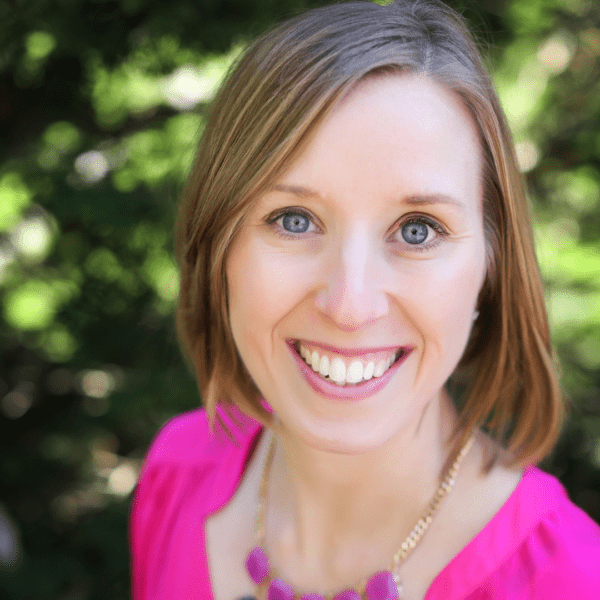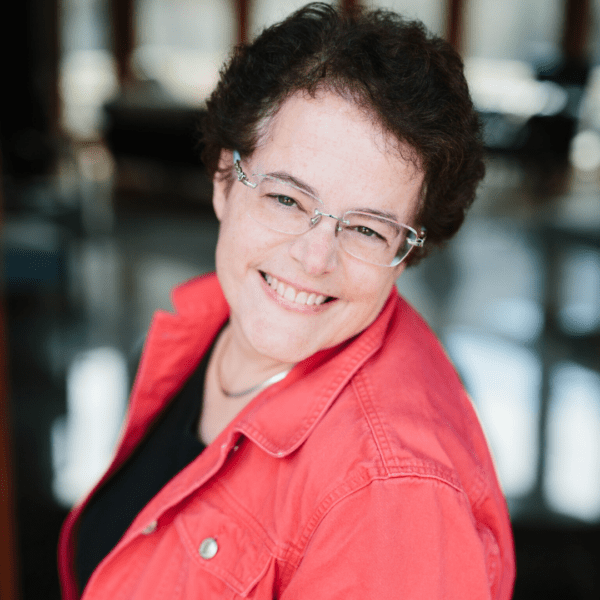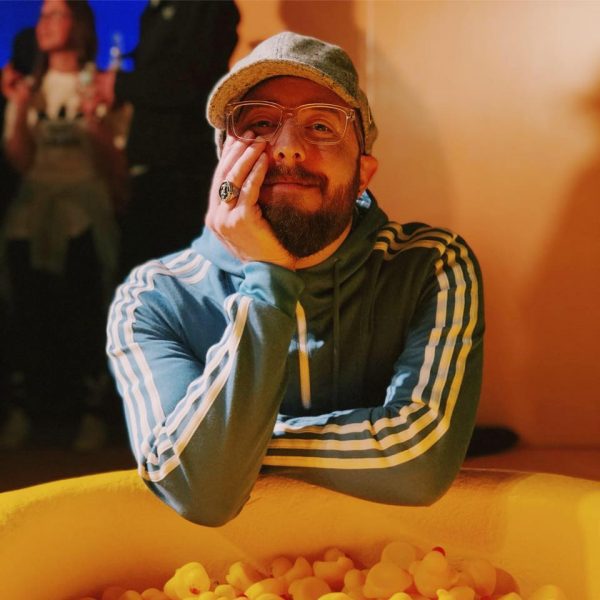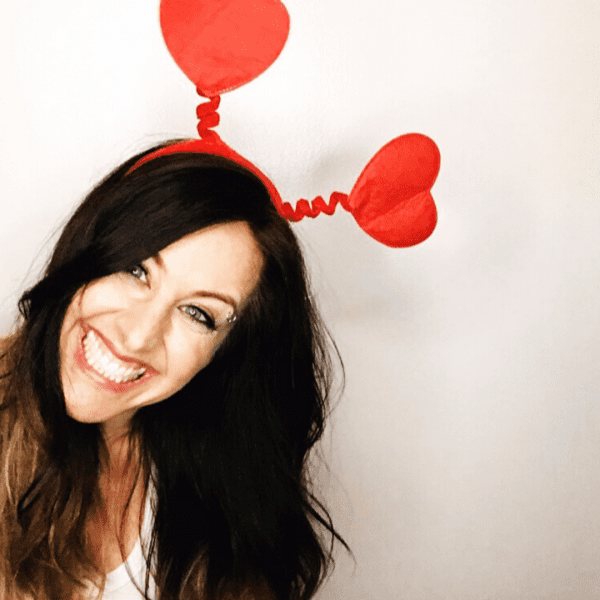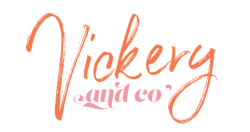Greatest Love of All
The call to serve can come from anywhere, but college-bound high schoolers hear it loudest from a college admissions office. Sixteen-year-old Dhruv Pai was already a member of his school’s community service club when the COVID-19 hit, but the pandemic compelled him to help his community in an extraordinary way. Last spring, Dhruv began a nonprofit called Teens Helping Seniors. The service, local to his hometown in Maryland, offers contactless delivery of groceries and medications for seniors, veterans, and the immunocompromised.
Dhruv is a junior enrolled in his high school’s STEM magnet program. Before the pandemic, Dhruv got involved in the school’s volunteering club. He did it to make new friends, he says. Dhruv likes service—Since eighth grade, he’s volunteered at the local military hospital through the Red Cross during the summer. Being in the volunteering club allowed Dhruv to kill two birds with one stone: He could meet new people and do something he already likes doing.
Through the club, Dhruv volunteered at established service centers. But when COVID-19 hit, he stopped doing much of anything. The pandemic ushered in a profound sense of loneliness, hopelessness, and perhaps uselessness. Dhruv says that he and his friends wanted to help out, but they didn’t know how. When his parents suggested that elderly people might need help getting groceries and medicine, Dhruv decided that he could fill that need.

All Right, Stop: Collaborate and Listen
The idea of starting a non-profit at sixteen was daunting. But youth activism is a powerful source and Dhruv understands that community service is most impactful when it’s a consistent, intentional commitment. That requires a level of responsibility and accountability that isn’t doesn't come naturally to teenagers (or even most people, period). But Dhruv wasn’t alone. The first thing he did was phone his mentor, Amy Yontef-McGrath (We interviewed Amy last August!). She helped him figure out the logistics of organizing and executing a nonprofit service.
Media attention helped evolve Teens Helping Seniors into something bigger than Dhruv and his friends could’ve dreamed. When the service was featured by places like CNN, NPR, and The Washington Post, they got messages from people from other communities who expressed interest in beginning their own regional chapter. Now, Teens Helping Seniors offers services across North America. Dhruv doesn’t oversee much of what the other chapters do, however. He believes that local leaders understand their community’s specific needs better than he could.
Empathy and Celebration
Dhruv speaks about Teens Helping Seniors with humility. His achievements aren’t because he’s intrinsically special, he insists, just that he’s diligent. He believes empathy is a learned trait that demands practice. Helping out in the community is one way to flex our empathy muscles. When asked what he’d like to do professionally, Dhruv says he wants to help design systems for community aid—In his words, an “empathy scientist.” We think he might do well in the burgeoning field of human-centered engineering.
Celebration doesn’t come easy to Dhruv. As a college-bound high school student in a competitive STEM magnet program, Dhruv finds himself constantly comparing his achievements to others’. He’s working on unlearning that with the help of his two cats, Kit Kat and Snickers.







